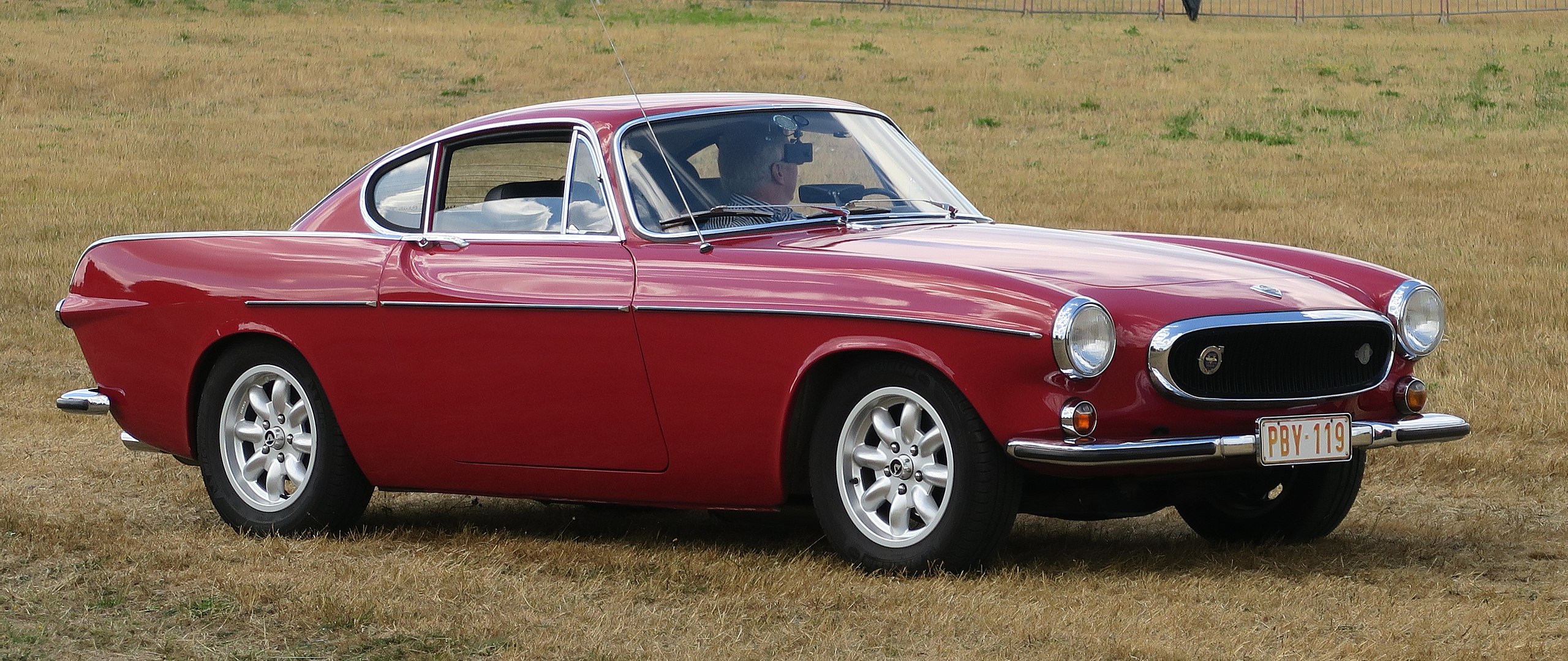The first Volvo P1800 was taken out of the factory for sale in 1961, but the green light to the project was given 4 years earlier in 1957. In total, more than 39,000 coupes were produced, adding up to three versions of this incredible car.
The first Volvo P1800 was taken out of the factory for sale in 1961, but the green light to the project was given 4 years earlier in 1957. Let’s see how this went. The president of the Volvo, at that time Gunnar Engellau, fascinated by Italian cars, wanted to produce a Volvo with a design created in that country, and he made the order to one of his assistants, it was Helmer Petterson. The good Helmer spent some time commissioning designs and then presented four finalists. When the day came for the presentation, he presented the four designs to the president, and the president selected one of them to be produced.
The magnificent designer who managed to dazzle the president with his wonderful design was none other than Pelle Peterson; his name does not sound Italian, because it really wasn’t. It turns out that Pelle Peterson was the son of Helmer Petterson, a 25-year-old Swede who worked in Italy for the designer Pietro Frua (father of the Maserati Mistral). Helmer had not given this information to the president, but somehow the president learned the truth and went into a rage, promising that Pelle Peterson’s name would never appear in connection with the design of this beautiful car, the Volvo P1800.
For several years afterward, the young Pelle Peterson was not given the recognition he deserved, although that did not matter. One of Volvo’s most beautiful cars was born, the Volvo P1800, with a modified version of the engine used in the 120 series, which was reliable but lacked sporting power.
The Volvo P1800 was first reproduced in the United Kingdom. Pressed Steel was responsible for the bodywork of the car, and the final assembly was done at Jensen Motors (who were the creators of the Jensen Interceptor). You might ask, “a Volvo from Sweden, being designed in Italy, and made in the UK”, but yes, it was very international at the time.
Around 1963, it seems that Jensen had some problems with the quality of the assembly, so Volvo decided to stop production of the Volvo P1800 and moved production to Lundby in Gothenburg. The Volvo 1800S was born and was already made in Sweden.
Several versions of this model were created: P1800, the 1800S, 1800E and 1800ES. The Volvo P1800 version was the first to be assembled in the UK and ran from 1961 to 1963. Of these, 6000 units were produced. The 1800S started in 1963, without any design changes, but with an engine, and went on until 1970.
From 1970, the 1800E was born, with slight changes in the design (it lost the lateral chrome plating in the curve, passing to a linear one, and the winking of the bumpers), and technical updates, that would arrive until 1972, year in which its production was finished.
In total, more than 39,000 coupes were produced, adding up to three versions of this incredible car.
In the same year, 1972, Volvo introduced the variant 1800ES, a body type ranchero (sports state), very little grace, incidentally, which sold just over 8,000 units. Production of the 1800 series ended in 1973 due to changes in safety and emissions regulations in 1974.
Over the years, Volvo would revive the Glass Hatch of the Volvo P1800 ES in its C30 model, but would never again produce another specifically sports coupe. The P1800 still survives and is highly sought after, not only for its high collector’s value but also for its high resistance to the passage of time, as its high-quality assembly has made it quite enduring to this day; a great quality that makes it unique and shows us the excellence that characterized a car that made history.
Featured Image: Charles01









